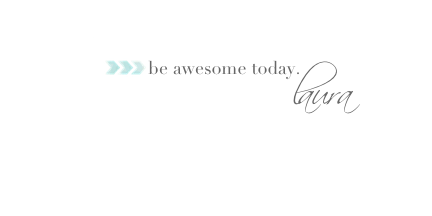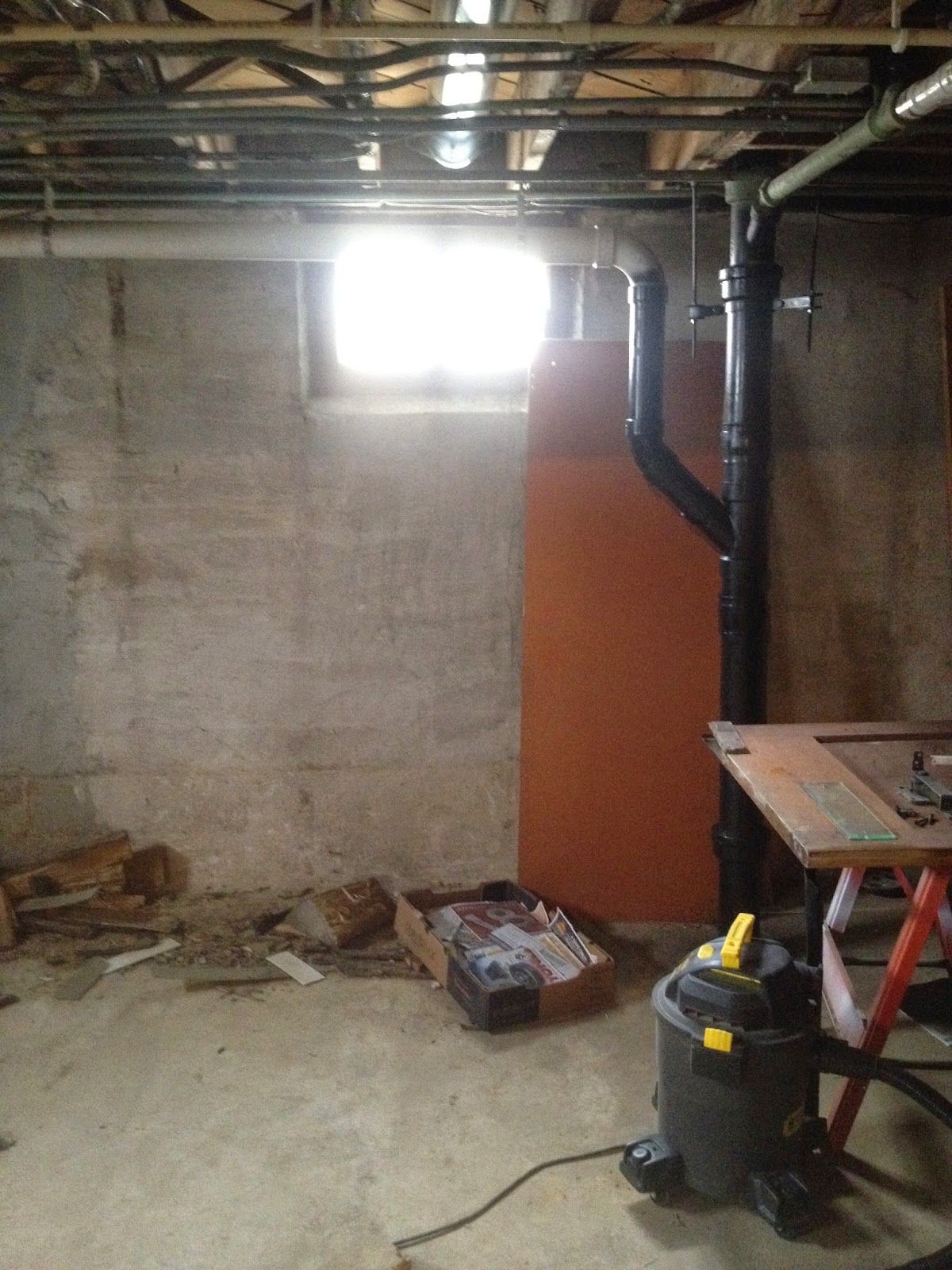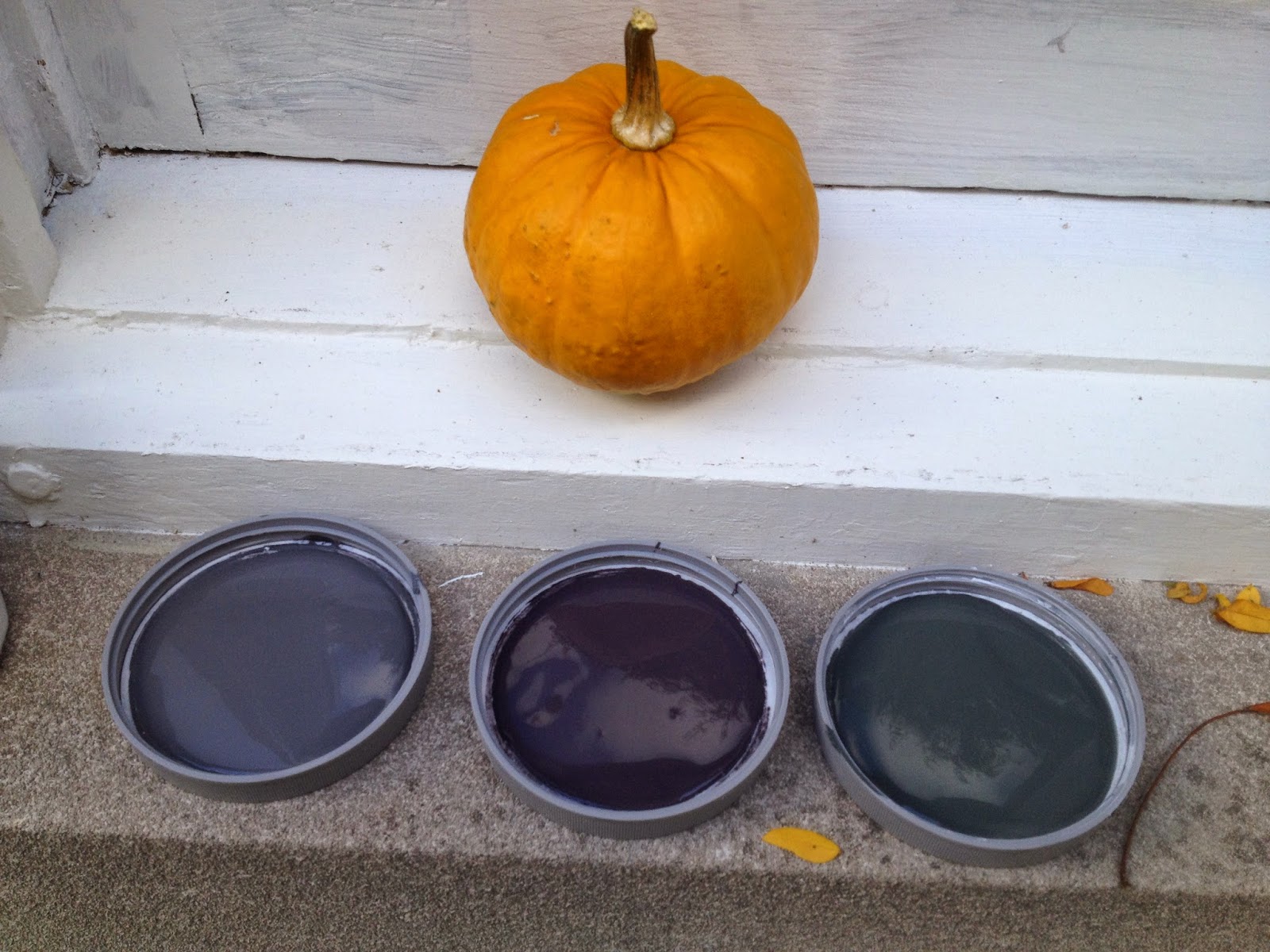How I Designed the Basement (With No Training or Skills!): Part 2
This is how I tackled the basement layout.
We wanted to have a laundry room. play space, family room and space to store The Stuff. Currently, my "laundry room" exists on one side of the basement but my laundry chute is on the other side of the basement.
It's not really a big deal to haul the clothes from point A to point B, but sometimes pieces of wood from our wood stack get mixed in with the laundry on the floor (I can't keep up with laundry all the time, so sometimes it overflows on the floor, geez. Get off my back already).
Anyway, that's why I have wood chips in my washing machine from time to time. First world problem, I know.
It's was a no brainer to move the washer & dryer to where the laundry chute is. They'll be able to hang out all the time and be best friends, I just know it.
Placing the laundry room was the easy part. The storage room for The Stuff was also easy because we already have shelves build for the masses of rubbermaid containers we've accumulated over the years.
That leaves the giant space in the middle of the basement. Unfortunately, our fireplace is situated in a weird spot in the middle of everything and directly behind it is the furnace. And of course, the giant sewer pipe is there also, along with a column that I could move if I wanted to spend thousands more to move it and pour new concrete footings. To make a "furnace room" I basically have to put walls up around the furnace and it will look like a giant drywalled cube in the middle of everything.
Sigh.
"But Laura," you say, "just relocate the furnace to the storage room." Donations toward this idea are readily accepted and appreciated.
While that fundraiser is going, I will forge ahead and work with my giant drywalled cube, my sewer pipe, and weird fireplace.
Here's what I worked out for basement layout with some serious help from my sister. I needed to pull in a pro because I was still drowning in the anxiety of the sewer pipe. And yes, we really did draw it out on a piece of construction paper. No ruler! No regard for scale!
And you, my friends, can do it too.
Here's what I worked out. If I must have a giant cube in the center of the room, I have to make it somewhat functional. The cube with have a shared wall with a closet and our wood stack, which will look somewhat like this:
So that's how I am dealing with the giant cube. We divided the rest of the space into two hemispheres and placed the family room on the side with the fireplace.
As I am writing this, it sounds so simplistic, but it took many hours of wandering around the basement to figure this out. Other factors include:
1. TV placement - choosing a wall where window glare will be minimized and furniture layout makes sense.
2. Closet placement & scale - know what you'll be storing in your closets. I made lists of what is going in each closet so I know how much room I need to store things. One of my closets with hold most of the girls' toys & dress up clothes while the other will store games & blankets. Also, I chose to situate one closet on the backside of tv wall to run media cords through.
3. Door placements: I have to deal with overhead pipes, so I have to make sure all my doors will be able to slide without running into a low-hanging pipe.
4. Flooring options & transitions - we will have LVT (a type of vinyl tile great for basements, I've heard) in part of the basement and carpet in the rest. I want vinyl in the laundry room, in the girls' art corner and in front of the fireplace so we won't track mud onto carpet when we haul in wood.
5. Outlet spacing, number & placements - for the most part, it doesn't matter to me where the outlets are because I know that building code prescribe placing an outlet every "x" feet (6, I think). But there are a couple places where I know I will want to have an specific outlet for a lamp, or sewing machine, or for the girl's to have a cd player. I marked all these specific outlets on my sketch so I would remember to speak to the electrician about it.
6. Furniture, both real & imagined - imagine what pieces you have & what kinds you may like to have in a certain area. This may help you plan the placement of walls in the room, as well as where your outlets will go. We will have a sectional in the basement and I want the sectional to be open to the fireplace area which helped us decide what wall the tv would be on. Also, I plan on someday having some sort of furniture piece in front of the fireplace, so I need a specific outlet there to plug a lamp into.
7. Light switch placement & function - which areas make the most sense for a light switch? When I enter the basement, I want a light switch available so I don't stumble around in darkness. But I don't want that switch to turn on every light in the entire basement. And once I go into one room, I may want to switch off a light in the other room(s). This process took me a lot of time, mostly because I am such a visual person and to plan this part out with no walls framed up is especially difficult.
8. Lighting - I definitely want the basement to feel bright and "least-basementy" possible. We're leaving the ceiling exposed and decided on track lights over recessed. However, instead of mounting them on the bottom of the joists, we're considering mounting them on the sides of the joists to increase headroom. All the heads will have full pivot so we can shine the light wherever we want. Also, we can add extra heads to a track if we feel like a certain area is a bit dark.
Hopefully my process will be helpful to you as your draw out your plans on construction paper. Just please don't use a ruler or draw neatly because it'll make the rest of us look bad.

We wanted to have a laundry room. play space, family room and space to store The Stuff. Currently, my "laundry room" exists on one side of the basement but my laundry chute is on the other side of the basement.
So that's how I am dealing with the giant cube. We divided the rest of the space into two hemispheres and placed the family room on the side with the fireplace.










































